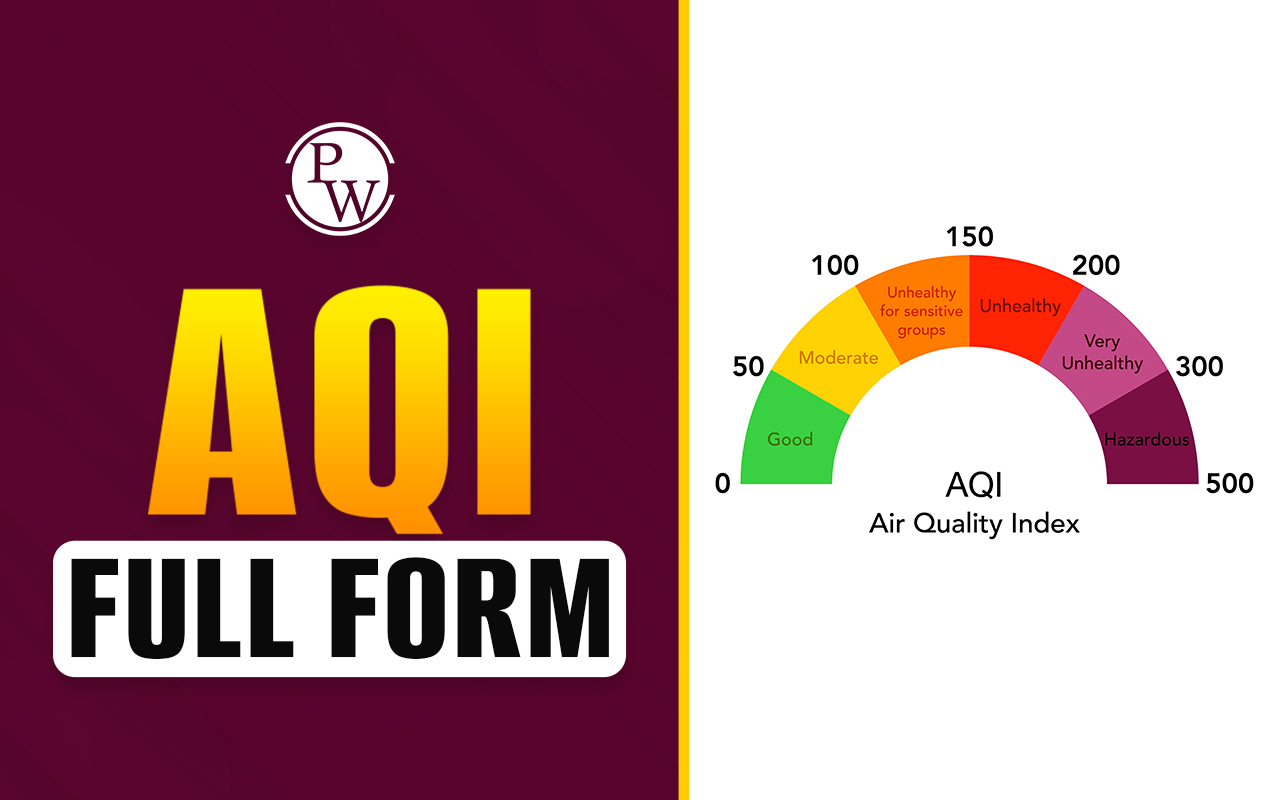

The full form of RI is refractive index. The refractive index is a measure of the bending of light when it passes from one medium to another. It is a dimensionless value that represents the ratio of the speed of light in a vacuum to its speed in a given medium.
Formula for RI
The refractive index can be calculated using the following formula:
n = c/v
where c is the speed of light in a vacuum (approximately 299,792,458 meters per second) and v is the speed of light in the medium of interest.
Significance of RI
Refractive index is an important optical property of materials and is widely used in optics, photonics, and optical communications. It determines the amount of bending of light when it passes through a medium, which is important for a variety of applications including lenses, prisms, fiber optics, and optical filters.
Factors that Affect Refractive Index
Refractive index is affected by several factors including temperature, pressure, and the chemical composition of the medium. For example, the refractive index of glass can be affected by temperature changes, while the refractive index of air is affected by pressure changes.
Measurement of Refractive Index: Refractive index can be measured using a variety of methods including refractometry, prism couplers, and interferometry.
Applications: Refractive index is used in a wide range of applications including optical lenses, prisms, fiber optics, and optical filters. It is also used to calculate the critical angle for total internal reflection, and to determine the dispersion of light in a medium.
Example of Refractive Index
Consider a ray of light passing from air into a glass block. The speed of light in air is approximately 299,792,458 meters per second (c) and the speed of light in the glass is approximately 200,000,000 meters per second (v). The refractive index of the glass can be calculated as follows:
n = c/v = 299,792,458/200,000,000 = 1.5
This means that the light will bend as it enters the glass and its path will change. This bending of light is important for applications such as optical lenses, which use refraction to focus light onto a specific point.
What is Refractive Index Gradient?
Refractive index gradient refers to the change in the refractive index of a medium over a certain distance. It is a measure of the spatial variation of the refractive index within a material.
The significance of Refractive index gradient is an important property of materials, particularly in the field of optics and photonics. It affects the propagation of light within a medium and can be used to control and manipulate light in various applications such as optical fibers, waveguides, and refractive lenses.
Factors that Affect Refractive Index Gradient: The refractive index gradient can be affected by a variety of factors including temperature, pressure, and the chemical composition of the material. The spatial distribution of impurities and other defects within the material can also have an impact on the refractive index gradient.
Measurement of Refractive Index Gradient: The refractive index gradient can be measured using a variety of techniques including interferometry, prism couplers, and spectroscopy.
Applications: Refractive index gradient is used in a range of applications including optical fibers, waveguides, and refractive lenses. It is also important for the design and development of advanced optical devices such as optical switches, modulators, and sensors.
How Does the Refractive Index Vary with Wavelength?
The refractive index of a material can vary with wavelength, a phenomenon known as dispersion. Different colors of light have different wavelengths, and therefore experience different amounts of refraction as they pass through a medium. This results in a separation of colors known as chromatic dispersion.
For most materials, the refractive index decreases with increasing wavelength. This means that longer-wavelength light will experience less refraction as it passes through the material. This property is used in a number of applications, such as in the design of optical spectrometers and in the creation of chromatic correction lenses.
In some materials, such as certain optical fibers and glasses, the refractive index can be engineered to be nearly constant over a specific range of wavelengths, allowing for the efficient transmission of light over long distances.
The refractive index of a material can vary with wavelength, with different colors of light experiencing different amounts of refraction. Understanding this relationship is important in a wide range of optical and photonic applications, from the design of spectrometers to the creation of chromatic correction lenses and optical fibers.
[wp-faq-schema title=" Full form of RI, Significance, Factors, Example FAQs" accordion=1]
What is the unit of refractive index?
How does refractive index affect the path of light?
Can the refractive index be greater than 1?
How does the refractive index of a material change with temperature?
What is the difference between refractive index and index of refraction?
What is the significance of refractive index gradient?












